We are witnessing the long, slow death of the Labor Party
Led by a lacklustre leader with a B-grade frontbench, Labor is unsure of what it stands for or who it even represents.
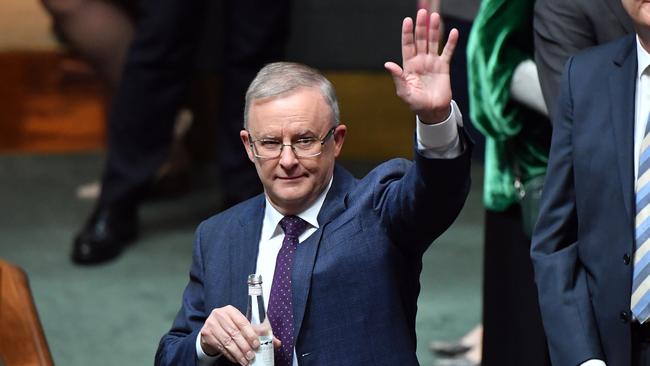
It is sleepwalking to yet another defeat.
Now, after the Coalition’s big-spending, high-debt, large government budget that struck deep into Labor territory, heavy with social policy and employment and training initiatives, Anthony Albanese’s party is struggling to significantly differentiate itself.
Labor’s election strategy is two-fold. First, the opposition believes chipping away at Scott Morrison’s integrity will pay an electoral dividend. Second, Labor’s policy critique is overly technocratic, arguing the minutiae of differences that are lost on most voters.
It lacks an animating vision for Australia’s future.
Targeting Morrison personally is a degenerate political tactic. Everything is up for grabs, from his religion and social values to his wife and even building a chicken coop with his daughters. Labor MPs say they do not respect Morrison. They ridicule his suburban, footy-loving, daggy dad persona.
But voters disagree. Morrison is a popular prime minister. Despite the gaffes and scandals, voters judge Morrison to have been largely effective in responding to the COVID-19 pandemic.
He got the big thing right.
Morrison leads Albanese by a factor of 2 to 1 as preferred prime minister in the polls.
The second tactic underscores how Labor is mostly run by people who have done nothing else in life other than politics — Albanese has been in parliament for more than 25 years — and so they critique the budget at the margins rather than articulating a significantly different approach based on different values.
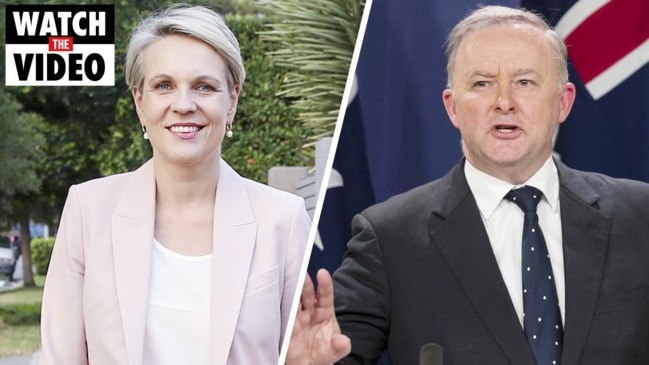
Albanese’s response to the budget was long on political attacks and righteous indignation but short on alternative policy. He said the pandemic was a “transformational moment” but failed to outline how he would transform Australia. A social housing program and recycled Bill Shorten-era policies for start-up businesses and clean energy apprenticeships are worthy but will hardly inspire people to vote Labor.
Josh Frydenberg’s budget has trapped Labor because the focus of the cash-splurge is on things the opposition sees as its turf: childcare, aged care, health, training, and employment. How can Labor vote against any of this? If it does, it will be on the basis of minor differences over policy design and implementation rather than the purpose of the policies.
Another trap set by the Coalition is the stage three tax cuts that from July 1, 2024, apply a 30 per cent tax rate to incomes between $45,000 and $200,000. Labor voted for these tax cuts but is considering going to the next election promising to repeal them or reduce the top income threshold to perhaps $180,000.
In other words, raising income taxes. Seriously?
Labor’s approach reveals a party addicted to short-term tactics rather than long-term strategy. It is based on a crippling belief that the party just needs to do a bunch of things differently to win the next election: fewer policies, better candidates, a smarter social media campaign. It is the false notion of just “one more heave” and the party will win.
They delude themselves into believing if they had just won a few more votes in a few more seats, then they would have won the last election. It is the “we were robbed” mentality fuelled by a conviction that Morrison is unworthy of the prime ministership and was lucky to win re-election. It is the same mistake Labor made in underestimating John Howard.
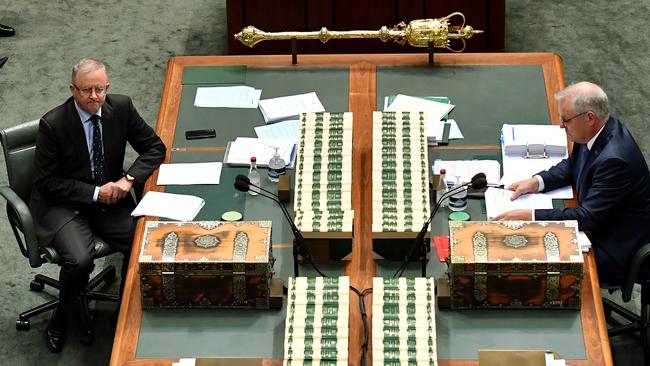
The larger problem for Labor is that it has not dealt with the longer-term structural and identity issues about the party’s constituency and purpose in the 21st century. Having lost three elections in a row, this was the term to embrace some soul searching. But Albanese has done next to nothing to revitalise the party. Labor does not have a broad membership, is less democratic than it was a few years ago — and remains firmly in the grip of union and faction bosses.
Nationally, Labor attracts around one-third of the vote at elections. The seats Labor lost at the last election in NSW, Queensland and Tasmania were working- and middle-class. Morrison, with his earthy, family, suburban values, had appeal to these voters. Labor also suffered swings against it in seats that it held in its suburban heartland.
The Australian Electoral Study at the ANU has charted how voters have viewed Labor as less centrist and more left-wing at every election since 2001. The aspirational middle class — including tradies, small business owners, and self-employed professionals, many of whom come from lower-income families — see themselves as sharing working-class values and prize social mobility and economic security, and they have drifted away from Labor.
Education is becoming the defining characteristic of party identification. University graduates once voted Liberal but now overwhelmingly vote Labor. Non-graduates, who make up 75 per cent of the electorate, now mostly vote for the Coalition. This seismic change favours the centre-right.
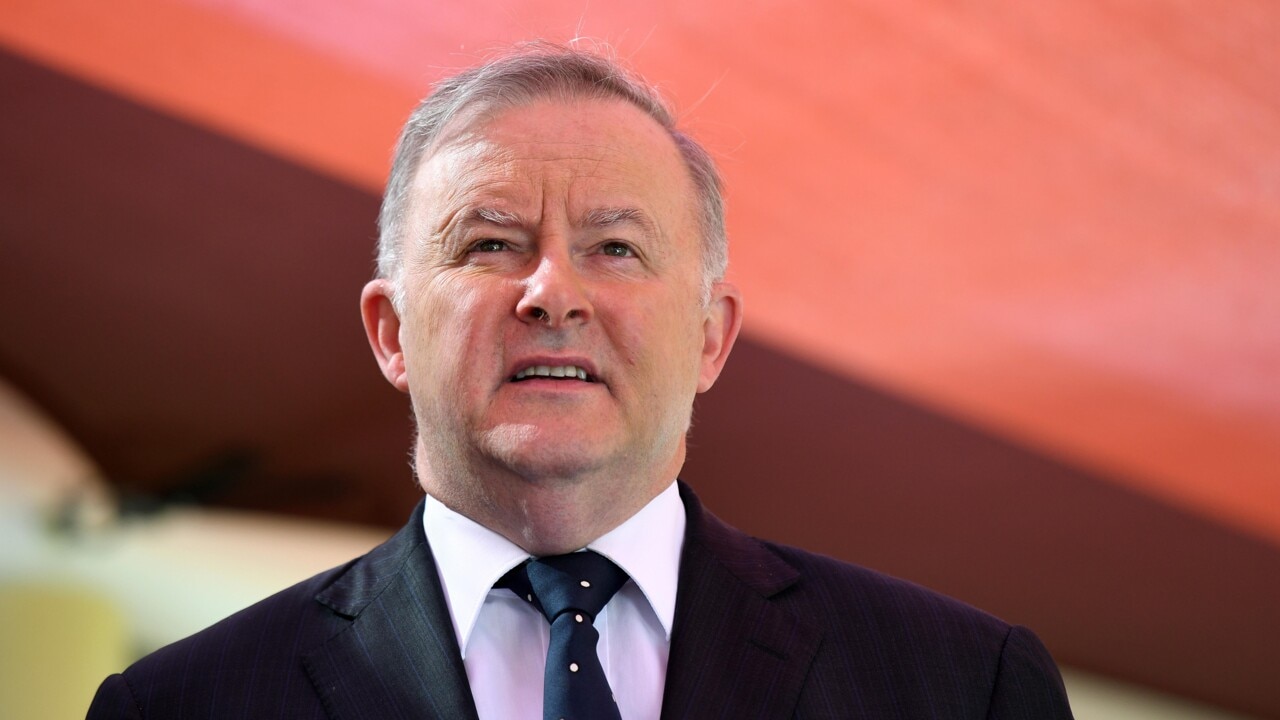
Labor has been losing votes to the Greens on the left and to the Coalition on the right for decades. These voters lost to the Coalition feel alienated by Labor’s often holier-than-thou and finger-wagging approach to issues of identity, culture, religion and history.
Climate change is important but not more important than the economy, national security, health, education or employment.
Albanese’s divisive slogan — “On Your Side” — is a stinker. Borrowed from Jeremy Corbyn, it suggests there are sides that voters must choose between. It smacks of class warfare. Bob Hawke’s winning 1983 election slogan was “Bringing Australia Together”. Albanese wants to divide Australians by asking them to choose a side.
Tony Blair, the most electorally successful leader of the British Labour Party, wrote in a must-read article in the New Statesman this week that traditional centre-left parties are being smashed around the world. Joe Biden, a centrist moderate, is an outlier against the trend. Blair said parties of the centre-left must change or they will die.
In Australia, we are witnessing the long slow death of the once great Australian Labor Party.





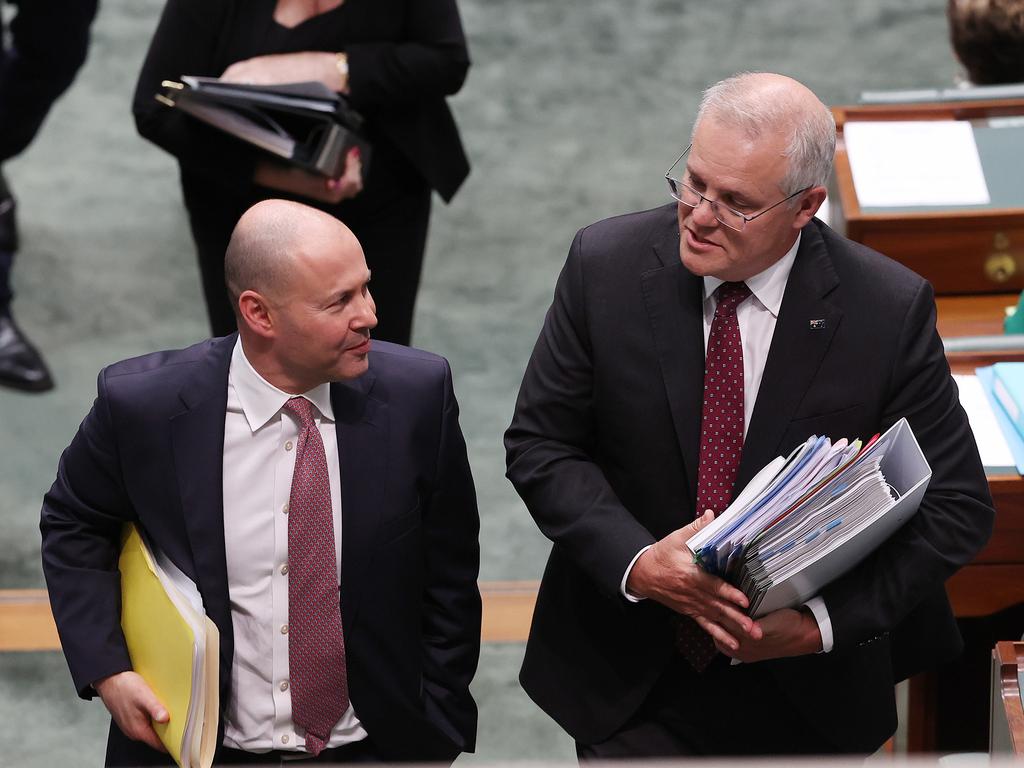
Labor has never looked further away from winning the next election as it does now. The party is led by a lacklustre leader, with a B-grade frontbench, unsure of what it stands for or who it represents, and plagued by structural defects.